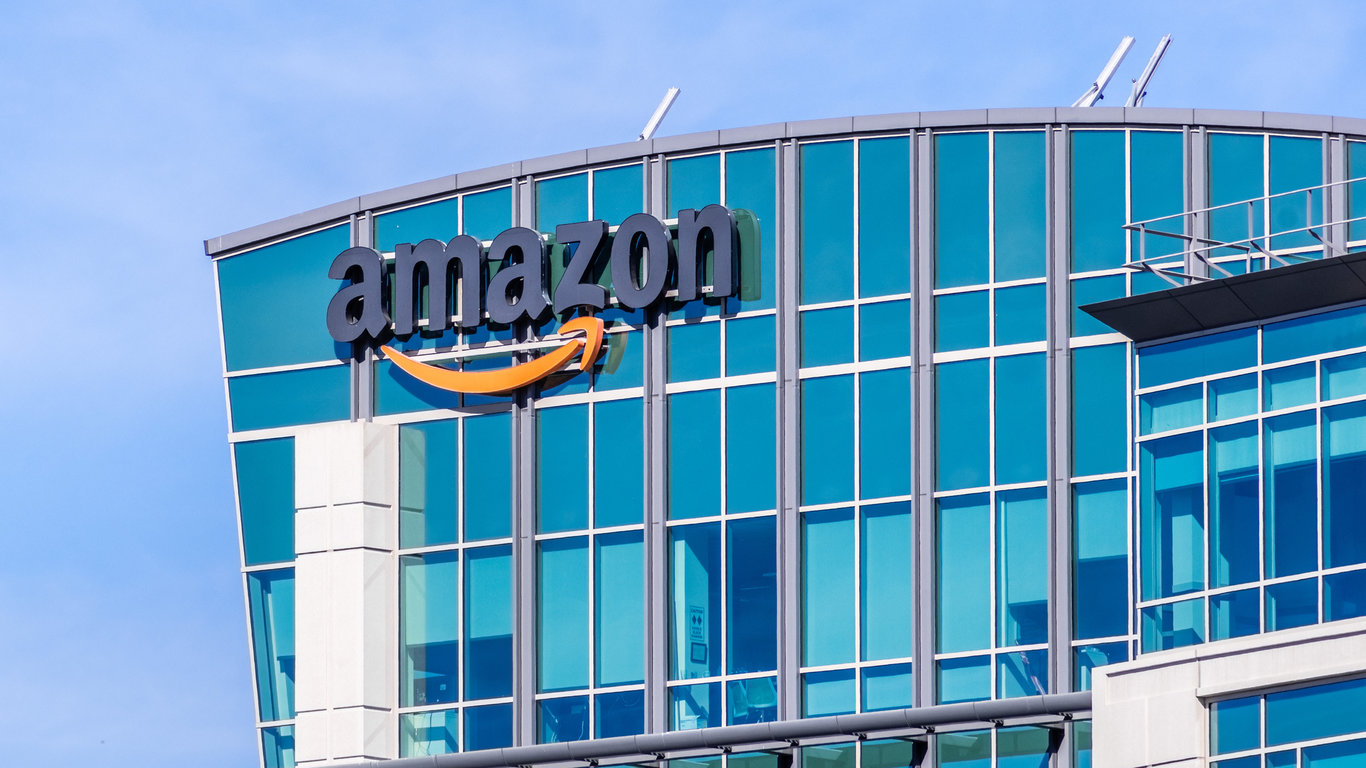Investing
This Is What Amazon Could Look Like Broken Into Pieces

Published:
Last Updated:

The Federal Trade Commission’s review of Amazon.com Inc.’s (NASDAQ: AMZN) dominance of one industry has turned into scrutiny of two. The first involves whether Amazon has too large a piece of the e-commerce business in the United States. The more recent involves its leadership in cloud computing. This sort of investigation inevitably leads to what plans the government may have as a solution if Amazon’s dominance is judged to hinder market competiveness. The ready answer for this, and similar probes into Google and Facebook, is that a solution could look like the breakup of AT&T in 1984.
The FTC is not the only threat to Amazon. Presidential candidate Elizabeth Warren wants Amazon to be broken up immediately. Her reason: “Today’s big tech companies have too much power—too much power over our economy, our society and our democracy. They’ve bulldozed competition, used our private information for profit and tilted the playing field against everyone else.” While she has a long way to go to ever be in a position to do anything about her plan, she has kept the Amazon issue on the front pages.
The most obvious case against Amazon is that its rise has permanently damaged the brick-and-mortar retail sector. None of the traditional retailers has been able to create a presence online to compete effectively with Amazon in e-commerce. Among the most visible examples of this is an event Amazon stages once a year. Prime Day, which lasted 48 hours starting at 3 a.m. ET July 15, is an example of Amazon’s leverage. Amazon offered over a million products during the short period, blitzing the rest of the retail industry in the process. No other retailer has the ability to stage an event that has even close to this impact. That is, in part, because Amazon has over 100 million Prime members. These Prime members are tethered to Amazon by free shipping packages and its streaming service. Research has shown that Prime members are much more likely to shop on Amazon than people who are not a part of the program.
The size of Amazon’s e-commerce operation is extraordinary. It holds huge market share and, as mentioned, has contributed to the decline of brick-and-mortar retailers. That, in turn, has triggered the loss of tens of thousands of American jobs, many industry analysts and economists say. E-commerce continues to be Amazon’s largest operation. The company posted total revenue of $233 billion in 2018. Of this, its North American e-commerce business contributed $141 billion. Its international business added $66 billion.
E-commerce is only the first of the three parts that constitute the operations of Amazon. Amazon is also the world’s leader in cloud computing, one of the fastest-growing segments of the tech industry. It is the top provider of global cloud services by far. Its share of the public cloud business was recently put a 62%, followed by Microsoft at 20% and Google at 12%. The cloud division of Amazon is called Amazon Web Services (AWS). It had revenue of almost $26 billion last year and made just more than $7 billion, for an impressive 27% operating profit margin. AWS is the second part of Amazon that could be spun out into a separate company.
The revenue for Amazon’s third large and another dominant business is rolled into its e-commerce operations, so financially, it is hard to break out. Amazon has a consumer electronics business that, among other things, dominates the market for artificial intelligence products that consumers use in their homes. Amazon also sells computers, e-readers and streaming media hardware. Amazon’s Alexa software voice-activated features can control home entertainment, communications, shopping and smart home services, including temperature control and light bulbs and cameras. Estimates are that Amazon has 75% of the smart speaker market. It is almost certain to move these products into the commercial sector soon.
Former U.S. Secretary of Labor Robert Reich argues that the three companies (Amazon, Google, Facebook) could be regulated. Or, he further explains, “A better alternative is to break them up. That way, the information would be distributed through a large number of independent channels without a centralized platform giving all content apparent legitimacy and extraordinary reach. And more startups could flourish.”
One part of the debate about Amazon that is often left out is its effect on the overall U.S. economy. Like other mammoth tech corporations, Amazon is among the most profitable companies in the United States and the world, and as such, it can pay its employees very high salaries — these are America’s highest-paying companies.
Are you ahead, or behind on retirement? For families with more than $500,000 saved for retirement, finding a financial advisor who puts your interest first can be the difference, and today it’s easier than ever. SmartAsset’s free tool matches you with up to three fiduciary financial advisors who serve your area in minutes. Each advisor has been carefully vetted and must act in your best interests. Start your search now.
If you’ve saved and built a substantial nest egg for you and your family, don’t delay; get started right here and help your retirement dreams become a retirement reality.
Thank you for reading! Have some feedback for us?
Contact the 24/7 Wall St. editorial team.